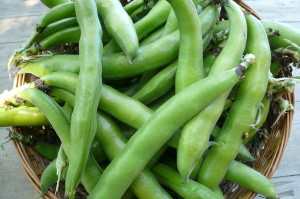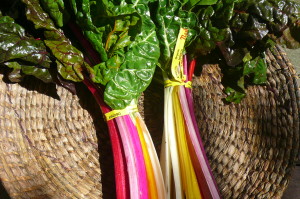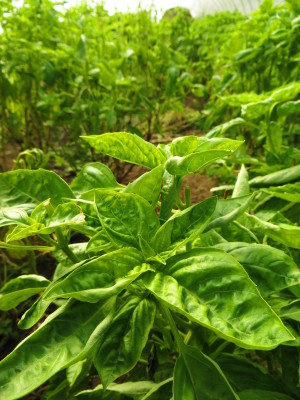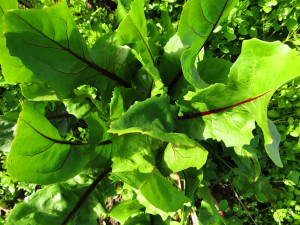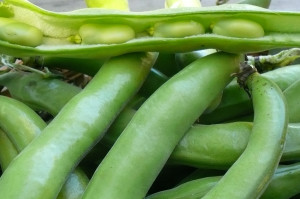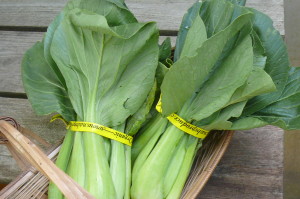
Baby bok choy can be steamed, braised, sautéed, and added to soups and stir-fries. It is so tender, you can cut it up into a salad. We are hoping you haven’t put the barbecue away just yet, so you can try them grilled.
1/2 cup melted butter
1/8 teaspoon garlic powder
1/8 teaspoon paprika
1/8 teaspoon + 1/2 teaspoon ground black pepper
1 pound baby bok choy
1/2 teaspoon seasoned salt
Preheat an outdoor grill for medium-high heat and lightly oil the grate.
In a bowl, mix butter, garlic powder, paprika, and 1/8 teaspoon black pepper. Slice the bottom off the head of bok choy, and remove and clean the stalks. Sprinkle seasoned salt and 1/2 teaspoon of black pepper over both sides of the stalks.
Lay the bok choy stalks on the preheated grill. Brush with seasoned butter mixture, cover the grill, and cook until the bok choy stalks show grill marks and the leaves are crisp at the edges, 3 to 4 minutes. Turn the bok choy, brush with butter mixture, cover, and grill the other sides. Brush with any remaining butter mixture, and remove to a platter to serve.
Have you tried this recipe? Tell us how it turned out!

